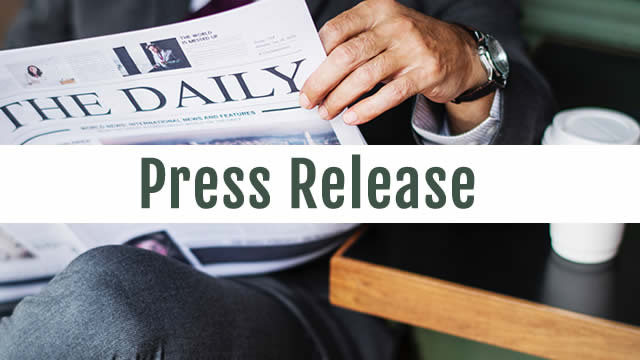
VIR
Vir Biotechnology, Inc.
$6.42
0.03
(0.39%)
| Exchange: | |
| Market Cap: | 892.414M |
| Shares Outstanding: | 96.913M |
About The Company
| Sector: | Healthcare | |||||
| Industry: | Biotechnology | |||||
| CEO: | Marianne De Backer | |||||
| Full Time Employees: | 408 | |||||
| Address: |
|
|||||
| Website: | https://www.vir.bio |
Vir Biotechnology, Inc., a commercial-stage immunology company, develops therapeutic products to treat and prevent serious infectious diseases. It develops Sotrovimab (VIR-7832), a SARS-CoV-2-neutralizing mAbs to treat and prevent COVID-19 infection under the Xevudy brand; VIR-2218 and VIR-3434 for the treatment of hepatitis B virus; VIR-2482 for the prevention of influenza A virus; and VIR-1111 for the prevention of human immunodeficiency virus. The company has grant agreements with Bill & Melinda Gates Foundation and National Institutes of Health; an option and license agreement with Brii Biosciences Limited and Brii Biosciences Offshore Limited; a collaboration and license agreement with Alnylam Pharmaceuticals, Inc.; license agreements with The Rockefeller University and MedImmune, Inc.; collaboration with WuXi Biologics and Glaxo Wellcome UK Ltd.; and a collaborative research agreement with GlaxoSmithKline Biologicals SA. It also has a manufacturing agreement with Samsung Biologics Co.,Ltd. for the manufacture of SARS-COV-2 antibodies; and clinical collaboration with Gilead Sciences, Inc. for chronic hepatitis B virus. Vir Biotechnology, Inc. was incorporated in 2016 and is headquartered in San Francisco, California.
Click to read more…
Revenue Segmentation
EPS
Earnings Call
Income Statement
(* All numbers are in thousands)
Balance Sheet
(* All numbers are in thousands)
Cash Flow Statement
(* All numbers are in thousands)
Analyst Estimates
(* All numbers are in thousands)







